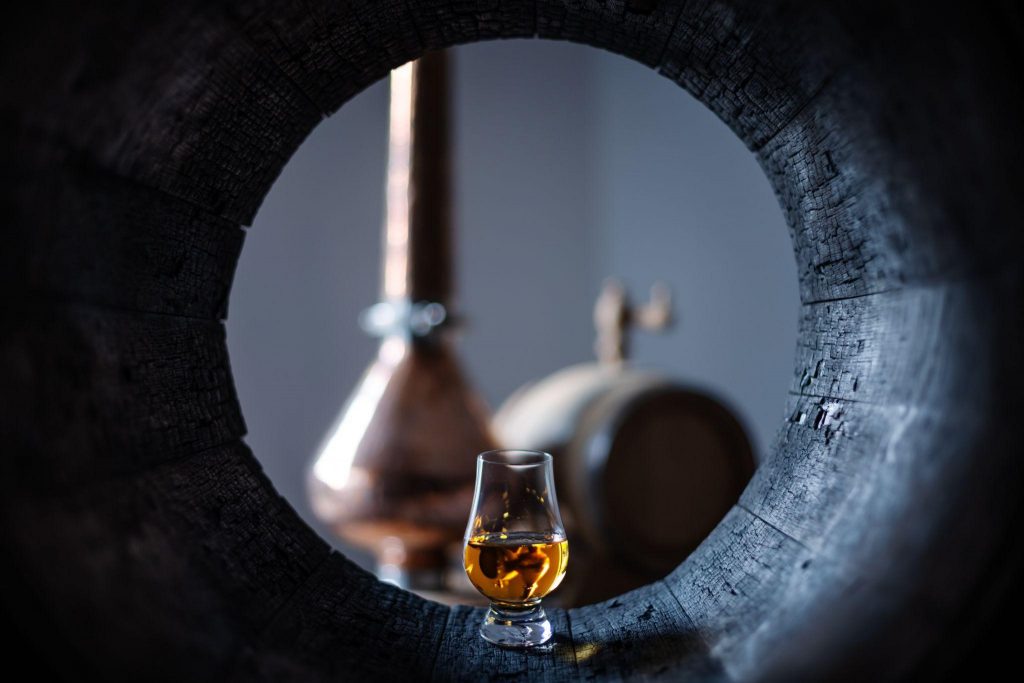What role does the aging oak barrel play in winemaking?
It is a question many wine lovers have asked me over the years. In my mind, for the styles of wine I
prefer and like to make, the oak barrel plays a very critical role. But I’d also like to state that I use the
oak barrels mainly for maturing the wine and not flavoring it.
The imparted flavors are a secondary bonus component that comes from the barrel wood, but more
importantly, it’s the vehicle of maturity. So in my mind, details like which barrel to use, a new or used
bourbon barrel, how much time, etc., are significant moving variables, depending on the wine being
made.
Can there ever be “too much oak” in winemaking?
Personally, I’m not always heavy-handed with oak barrels because I’m not trying to flavor the wine with
oak. Although we went through the “the more oak, the better” phase here about a decade ago, I’ve
never been that way. I determine how much oak I impart into wine by how dense, muscular, and bold
the wine is. The more aggressive the wine, the more I use new oak barrels. However, the mellower,
lighter, and simpler wines require much less oak.
After harvest, when the wine comes in, I can immediately observe how bold the vintage is, how much
extraction it will provide, and if it will need more time for maturity. So if the case is aggressive, it will get
a heavy hand of new oak barrels. On the other hand, if it’s a lighter and more subtle vintage, I’ll probably
go with a used bourbon barrel as I don’t want to smother it with too much oak.
New oak barrel vs. used bourbon barrel: Which one matures the wine faster?
Of course, there are differences and conditions where you may have to reel back on the new oak. So for
the type of wines I make, mainly Cabernet Sauvignons, my rule of thumb suggests going easy on the new
oak. But if I’m dealing with more expressive wines from places like the Maurizio Vineyard or Rutherford
Hill, I’ll have to go heavy-handed on the new oak. However, you’ll never perceive it as tasting too oaky
because the barrel is microscopically breathing wine, absorbing water and alcohol, and letting the wine
evolve in the whole duration of maturing.
So if you think of it this way, a brand new oak barrel is virgin, the pores in the wood are open, and
everything else about the barrel is fresh. Hence the rate of imparting maturity to the wine is much faster
in a new oak barrel than it would be in a used bourbon barrel. Because the older barrels are a bit more
clogged with tartrate and other chemical compounds, therefore they take longer to mature the wine.
How much does the barrel contribute to winemaking?
I’ve known many wineries or winemakers that highlight their use of only new oak barrels every year as a
kind of badge of honor. In my opinion, this is a mistake because when you have wines from the lighter or
leaner years, the new oak barrel will smother that wine. So you should probably hold back a bit and let
some of that wine evolve first. Then there are other years that have been extraordinarily expressive and
where the new oak barrels are well suited to complement the wine beautifully.
What adds a whole other layer of complexity to the finished wine is the type of barrel used, the forest of
origin, tightness of wood grain, level of toasting, etc. Depending on these factors, you can even put a
lighter wine variety into an entirely new oak barrel if you make the right barrel and toast selection. Since
a barrel can go from a very light, dainty toast all the way to a very heavy smoky char, releasing different
sugars from the oak wood, there’s an abundance of things that the barrel has to offer.
What are the main differences between American oak and French oak?
I believe that every region brings something different with it, just like the wines. The same goes for the
places where the oak trees grow, along with how they’re selected, seasoned, and the technology of how
they’re made. It’s all just layers upon layers of choices that determine the unique personality of barrels
originating from a particular region.
What gives these distinct characters to each one of the forests is mainly climate; the cooler the weather,
the denser the wood. The same goes for oak wood that we source from America. Suppose, if you’re
sourcing in Missouri, it’s going to be a lot warmer than Pennsylvania or Minnesota, and the wood is not
as open-grained as the wood from France. You can also get into the tighter grains of all-year entrances
from the French region, and what you’re tasting is primarily the difference in the density of the wood.
What is racking, and why is it important in winemaking?
As the wine settles, it throws the sediments down to the bottom of the barrel, even more so when the
wine is junglier, and you’ve added yeast for fermentation of the solids before you press it away. So the
first rackings are essential to separate the rough sediment.
There are also times when the wine just needs to be brought up and aerated a little bit or other times
when there’s a need to rinse all that gunk out of the barrel. So we rinse it out with good ozonated water,
then mix up the wine and put it back into a lovely clean barrel. You can take all the wine out and put it in
a large tank while you’re cleaning out the barrel unless, of course, you’re doing some very specific
experimentation with a used bourbon barrel. In that case, you’ll have to take it out and put it back into
the same old barrel.












